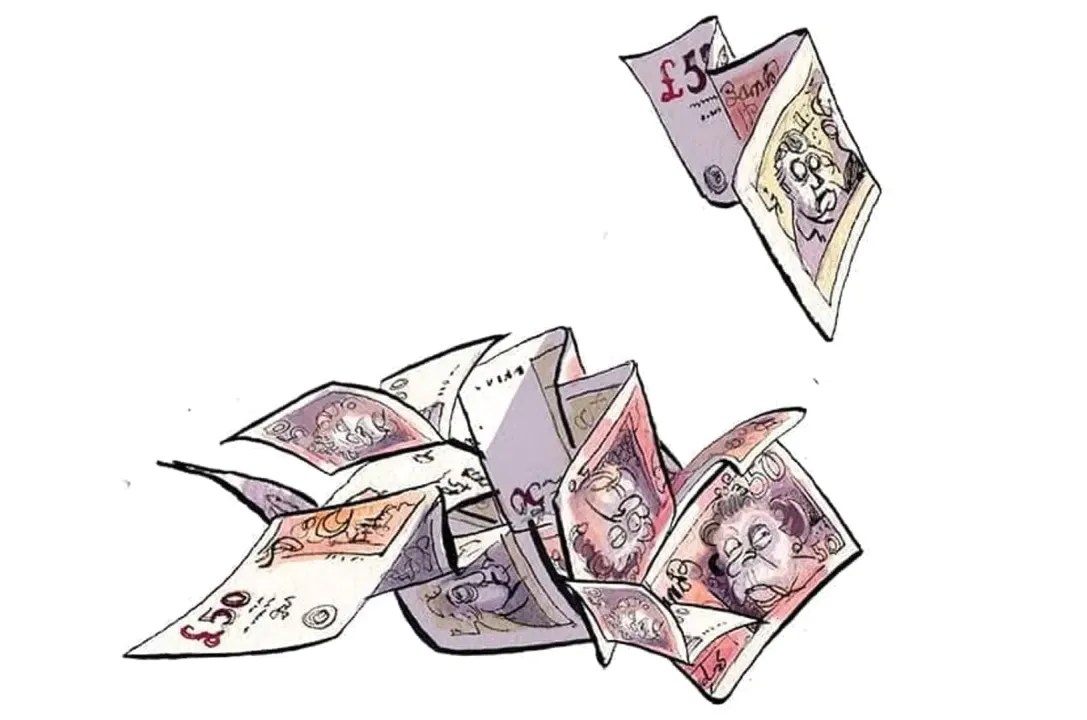The rate of inflation remained flat at 3.4 per cent in May – still well above the Bank of England’s 2 per cent target. Bizarrely, the Office for National Statistics (ONS), in their figures released this morning, claims this is down from 3.5 per cent the month before, even though just a couple of weeks ago they admitted that figure was overstated due to an error. Because of a policy not to revise inflation figures, that error lives on – leading them to announce the fiction that inflation has fallen. The reality is it has not.
The result of stubbornly sticking to this no-revisions policy is a slew of misreporting about Britain's economy. The Today programme told us inflation was ‘cooling’, and news websites are already parroting the ONS line that inflation has fallen. That may reassure people, but it is a complete fiction. It makes you wonder why the ONS even bothered telling us they’d got the figures wrong last month.
As for what supposedly drove the fictitious fall, the ONS points to air fares being down compared with a large rise at the same time last year – though that previous reading coincided with Easter, when prices tend to surge anyway. So who knows what’s really going on there. Petrol and diesel prices do seem to have come down, but that was offset by rising food prices – particularly chocolate and meat. Furniture and household appliances were up too.
It makes you wonder why the ONS even bothered telling us they’d got the figures wrong last month.
The consensus among economists was that the figure would fall to 3.3 per cent. The fact that it has not makes it very unlikely that the Bank's nine-member Monetary Policy Committee will cut rates when they meet tomorrow. Instead, markets expect them to hold rates at 4.25 per cent before beginning to cut them again in August.
The war in the Middle East continues to threaten to make inflation even stickier as oil and gas prices rise. Professor Joe Nellis, economic adviser at accountancy firm MHA, says this means the Bank might not achieve the 2 per cent target until 2027.
In the end, while the headlines may offer false comfort, the stubborn reality of inflation remains. The ONS’s reluctance to correct its errors risks further undermining trust in official statistics and just makes them look ridiculous. The Bank of England, meanwhile, remains caught between the need for caution and growing pressure to ease rates in the face of a stagnating economy. This is a balancing act that may define the months to come.







Comments